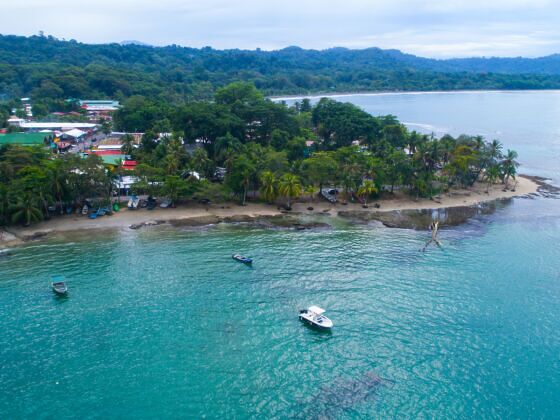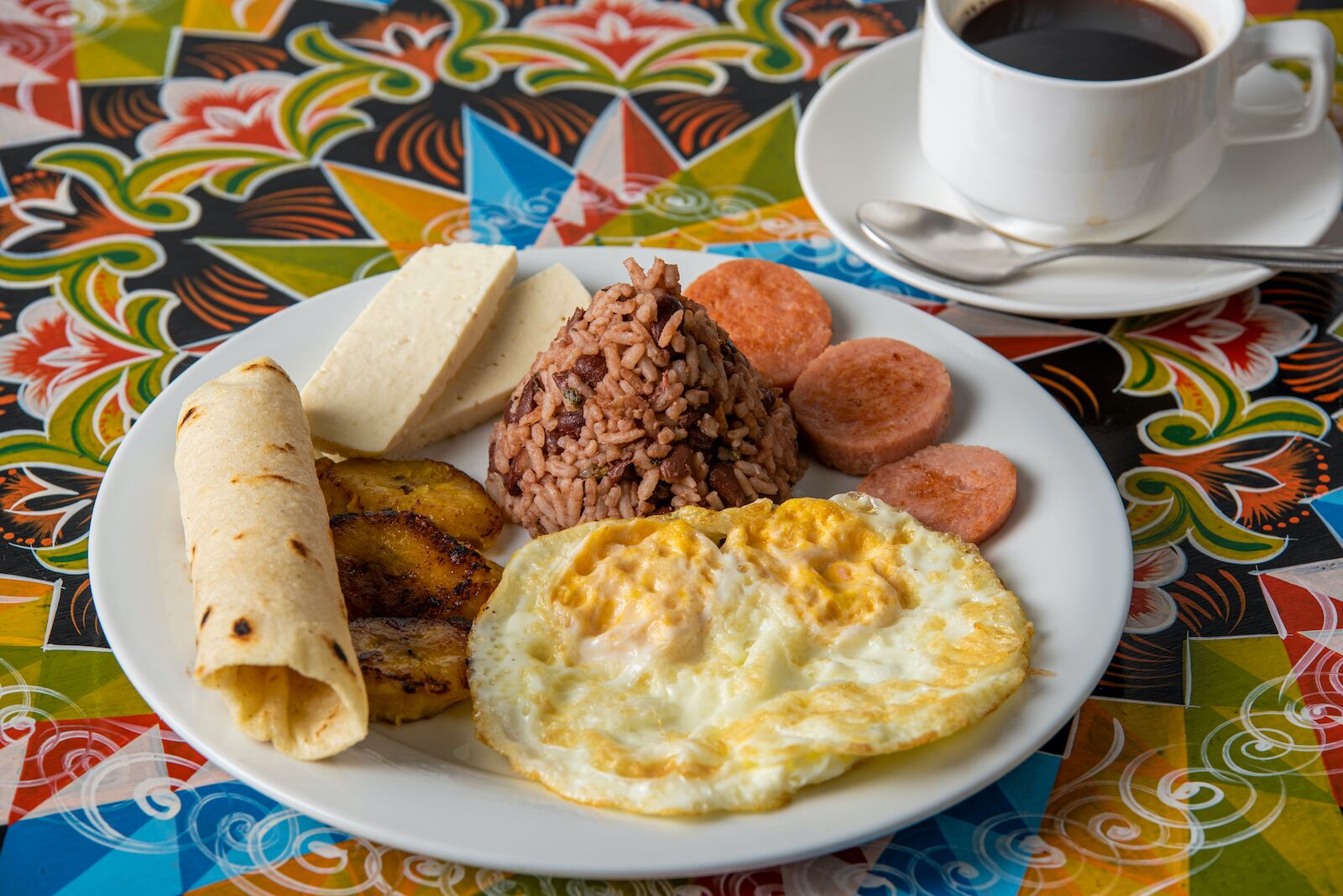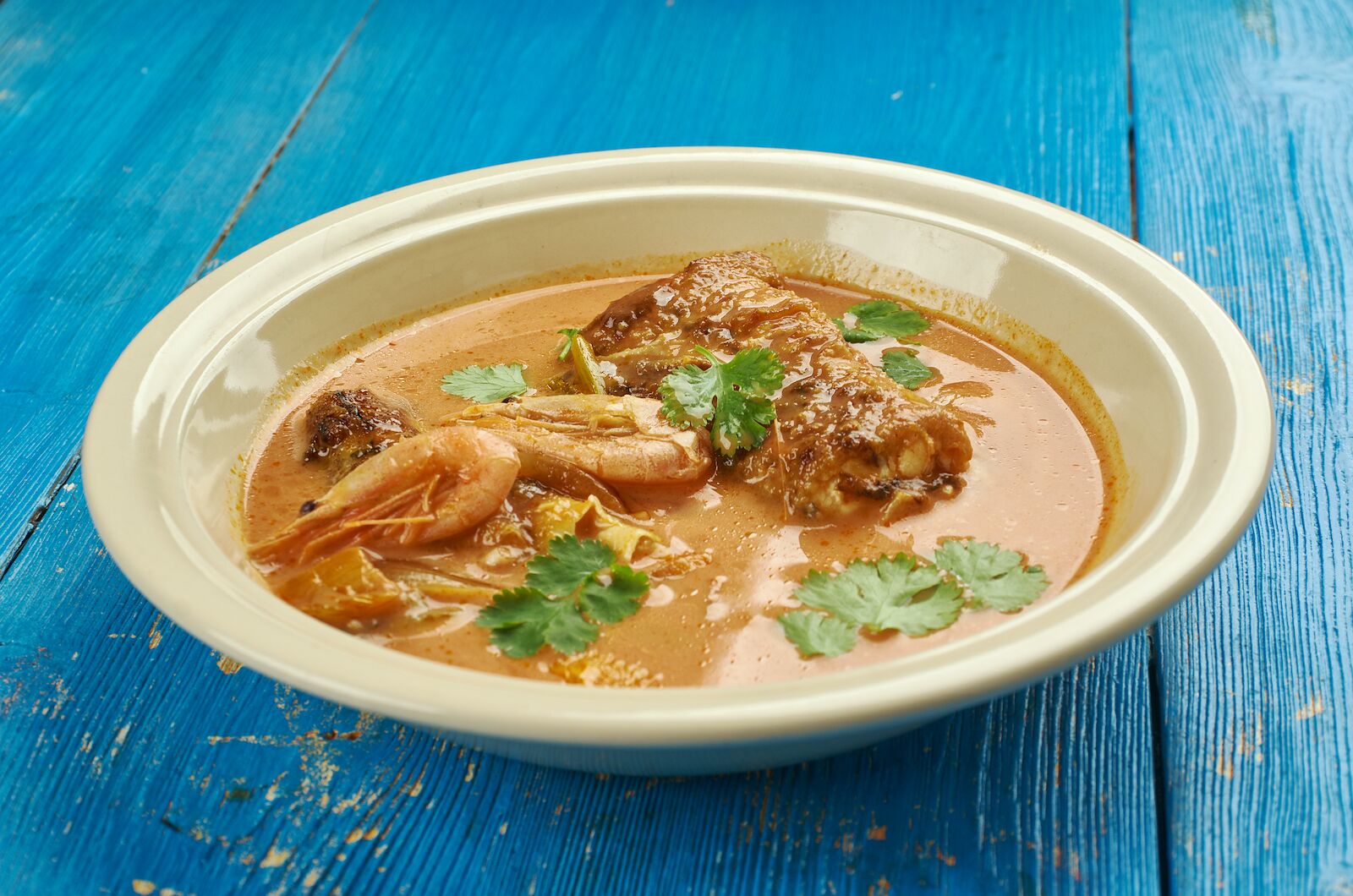I’d only been in San Jose, Costa Rica for ten minutes when I sat down for my first meal. My group pulled up a chair at RostiPollos, a chain restaurant (but locally-loved) for coffee bean-roasted chicken. The restaurant offered a feast that included yucca, plantain, rice, beans, and fresh pineapple juice. It was an excellent first food experience, but I was itching to hop on the plane for a taste of Limón, the Caribbean side of Costa Rica. As we arrived at the domestic airport, our driver Diego waved us goodbye into the terminal.
“You’re going to love Limón,” he said, bolstering my excitement even more. “It’s like being in Jamaica.”
Diego was right. Eating your way through Limón is a blended feast of Caribbean, indigenous, and Costa Rican flavors that made me think about moving to the country. Here’s a rundown of the best ways to experience indigenous and Afro-Caribbean food in Costa Rica, plus the best dishes to try in between snorkeling and sunbathing on this stunning tropical island.



